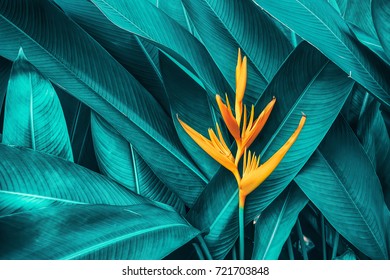
The sight of a beautiful flower is always a pleasant one, and this one is no exception. This vibrant flower, found in tropical regions, is known as the Blue Passion Flower (Passiflora caerulea). It is a member of the Passifloraceae family, and is native to Central and South America.
The Blue Passion Flower is an evergreen, woody vine that can grow up to 30 feet in length. It has a distinctive three-lobed leaf and produces beautiful, five-petaled flowers that range in color from deep blue to white. The flowers have a unique structure, with a central column of stamens and a ring of colorful petals. The flowers are pollinated by hummingbirds, butterflies, and bees.
The Blue Passion Flower is a popular ornamental plant, grown for its beauty and fragrant flowers. It is also a popular choice for gardeners who want to attract hummingbirds and butterflies to their gardens. The plant is drought-tolerant and can thrive in a variety of soils, including clay and sandy soils.
The Blue Passion Flower is also known for its medicinal properties. The leaves and flowers of the plant are used to make a tea that is said to have calming and sedative effects. It is also used to treat anxiety, insomnia, and headaches. The plant is also used in traditional medicine to treat a variety of ailments, including asthma, fever, and skin problems.
The Blue Passion Flower is an easy-to-grow plant that is sure to add beauty and color to any garden. With its attractive flowers and medicinal properties, it is a great choice for gardeners of all levels.
FAQs
Q1. What is the Blue Passion Flower?
A1. The Blue Passion Flower (Passiflora caerulea) is a member of the Passifloraceae family, and is native to Central and South America. It is an evergreen, woody vine that can grow up to 30 feet in length, and produces beautiful, five-petaled flowers that range in color from deep blue to white.
Q2. How is the Blue Passion Flower pollinated?
A2. The Blue Passion Flower is pollinated by hummingbirds, butterflies, and bees.
Q3. What are the medicinal properties of the Blue Passion Flower?
A3. The leaves and flowers of the Blue Passion Flower are used to make a tea that is said to have calming and sedative effects. It is also used to treat anxiety, insomnia, and headaches. The plant is also used in traditional medicine to treat a variety of ailments, including asthma, fever, and skin problems.
Q4. Is the Blue Passion Flower easy to grow?
A4. Yes, the Blue Passion Flower is an easy-to-grow plant that is sure to add beauty and color to any garden. It is drought-tolerant and can thrive in a variety of soils, including clay and sandy soils.
Q5. What is the best way to attract hummingbirds and butterflies to a garden?
A5. Planting the Blue Passion Flower is a great way to attract hummingbirds and butterflies to a garden. The plant’s beautiful flowers and fragrant scent will draw in these pollinators.
Q6. What is the best soil for the Blue Passion Flower?
A6. The Blue Passion Flower can thrive in a variety of soils, including clay and sandy soils. It is important to make sure the soil is well-draining and not overly wet.
Q7. Does the Blue Passion Flower need a lot of sunlight?
A7. The Blue Passion Flower prefers full sun, but can tolerate some shade. It is important to make sure the plant gets at least 6 hours of direct sunlight per day.
Q8. How often should the Blue Passion Flower be watered?
A8. The Blue Passion Flower should be watered regularly, but not too often. Water the plant when the top inch of soil is dry.
Q9. What pests or diseases can affect the Blue Passion Flower?
A9. The Blue Passion Flower is susceptible to a variety of pests and diseases, including aphids, mealybugs, and powdery mildew. It is important to inspect the plant regularly and take action if any pests or diseases are spotted.
Q10. How long does it take for the Blue Passion Flower to bloom?
A10. The Blue Passion Flower typically blooms in the spring and summer months. Depending on the variety, it can take anywhere from 6 to 8 weeks for the flowers to appear.



